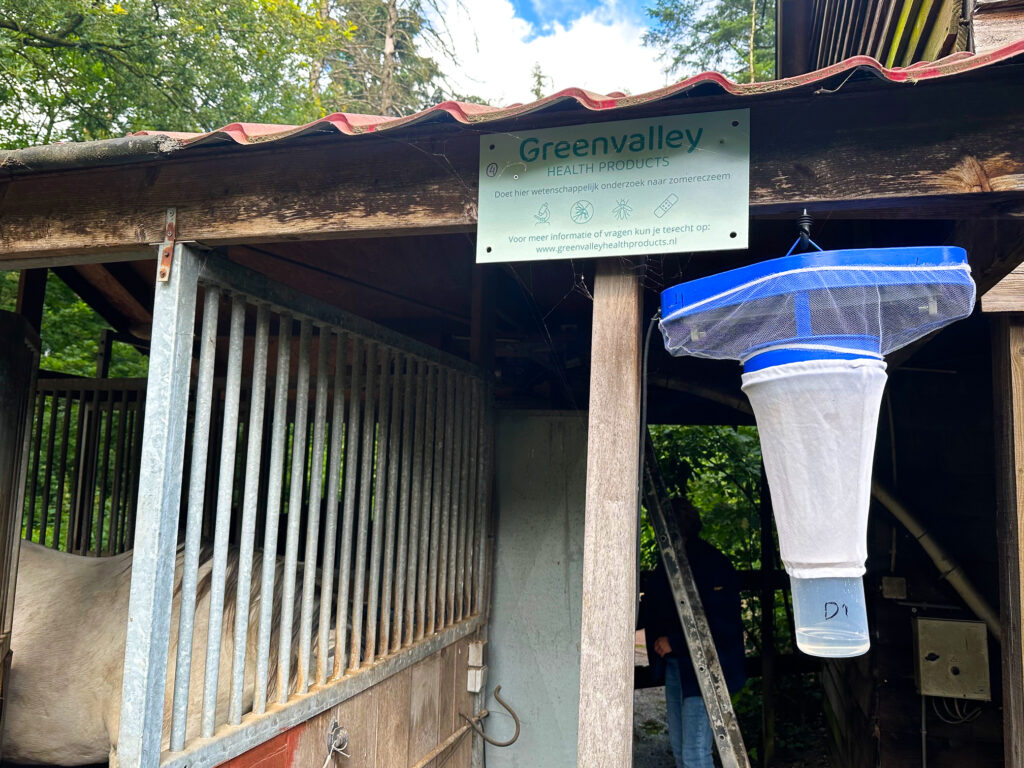
Research and development of Happy Skin Skin Spray
The search for natural antibacterials
In 2015, Greenvalley International B.V. initiated an extensive research project on natural fatty acids with potent antibacterial properties against pathogenic skin and gut bacteria. The research included literature studies, field studies and laboratory analyses conducted in cooperation with TNO and Schothorst Feed Research, among others.
From these studies, specific components were selected for the development of a feed additive. Fatty acids derived from coconut oil - the so-called medium-chain fatty acids (MCFA) - were found to be particularly effective in inhibiting harmful bacteria in the intestinal system.
From gut health to skin health
Follow-up research showed that this antibacterial effect is also manifested on the skin. The FMDs contribute to a healthy skin microbiome by inhibiting the growth of pathogenic Gram-positive bacteria, such as certain Staphylococcus species. At the same time, they support the presence of beneficial skin bacteria. In addition, these fatty acids have an anti-inflammatory effect, reducing the itch impulse in horses with allergic skin reactions.

Natural alternative to DEET
Moreover, based on scientific publications, FMDs, and particularly those from coconut fat, have been shown to have insect repellent properties. They appear to be effective in repelling the Culicoides midge and even the malaria mosquito, among others. Greenvalley's own research shows that this effect is partly due to the smell of the fatty acids, which disrupts the sensory ability of the midges. In addition, the fatty substance forms a physical barrier, making it difficult for the insects to land and bite.
Practical research in South Africa
In cooperation with the University of Pretoria - which has been conducting research on malaria prevention for decades - the effect of the Happy Skin Skin Spray was further tested. This involved the use of special traps ("traps") that simulate the attraction of a horse. A UV light was used in these traps to attract insects, with nets partially impregnated with the test product.
Operation was tested as follows:
- Insects were attracted to UV light.
- Impregnated nets were supposed to discourage insects through smell or contact.
- A fan in the trap pushed down the insects that entered, where they were collected.
- After six nights, the traps were analyzed by Greenvalley, which determined the number and species of insects caught.